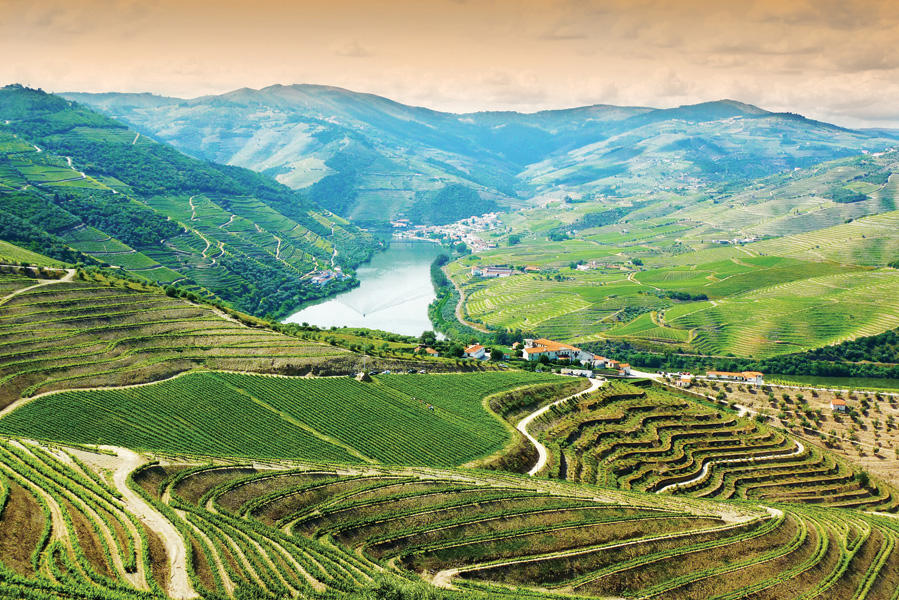The history of winemaking is intriguing, and understanding where a particular wine is created makes the product that much more enjoyable. The process is a combination of science and art, and the history can be fascinating.
Port, for instance, has been around for generations, and much of it is still made the same way it was in the past. A fortified wine that is usually sweet, port can be produced only in Portugal. By law, it needs to be aged at least two years. To make a fortified wine, you must add a distilled spirit. Port is most often mixed with brandy during fermentation, which kills the yeast. This keeps the natural sugars from turning into alcohol, giving port its sweet edge. Brandy also helps preserve the port, allowing it to age for years in oak barrels and in the bottle.
A wide variety of grapes for port are grown in the steep, rocky hills of Portugal’s Douro Valley. The hills are lined with vines and stone walls to help protect against erosion. The following are four types of port:
» tawny port | It’s a very popular style that is labeled 10, 20, 30 or 40-year on the bottle. This is not its actual age, but how the port is created to taste. It’s great as a dessert wine and ready to drink.
» late bottle vintage (LBV) | A single vintage that is aged four to six years in casks before being bottled, it’s barreled for longer periods when in low demand. It’s of very high quality and meant to drink at a younger age than vintage port.
» vintage | Vintages are only declared about three times a decade. This is the rarest of ports, and it’s important for producers to get it right. It is single vintage and ages for two to three years in casks, then continues to age many more years in bottles. Save it for a special occasion.
